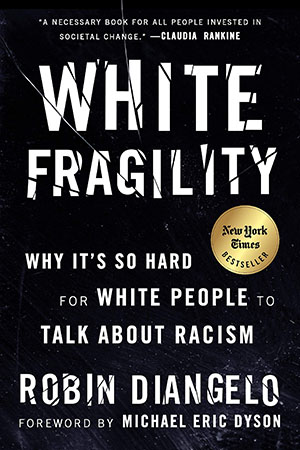
Wow – what a bold title for a blog.
What kind of a world do you want to live in? Would you like to live in a world without racism? I know that I would!
While it is a very aspirational vision and will likely take a lot of time to get there, it is important to start taking steps in that direction.
One thing we can do is to learn a lot more about racism. The better we understand it then, perhaps, the more effectively we can address the injustices it produces.
I highly recommend the book, White Fragility, as a very helpful step in this direction. Here are some of my key takeaways. Note: I am not an expert in this field and I am on a steep learning curve on this issue. These are simply my thoughts:
*As a white guy, I go through my day largely unaware of the advantages I have in society. African-Americans – and likely other racial and ethnic groups – are constantly on guard for possible discrimination. This must be exhausting.
*Racism exists systemically in most institutions in America. Racism is far more than overt demonstrations of obvious racism like a White Supremacist rally. A lot of it is subtle and is built into structures in our society.
*If you think that you don’t have to be concerned about issues of racism because you “have Black friends” or “don’t see color,” then you will learn a lot about the deeper issues of racism in this book.
*Often times, we white people get flummoxed when we enter into conversations about race – and then we quickly disengage. We need to build our stamina and capabilities for having uncomfortable conversations.
*The more we learn about ourselves and racism, the better equipped we can be to have productive conversations about ending it.
BONUS: The next time you visit Washington DC, I highly recommend a visit to the National Museum of African American History and Culture. You will learn a lot about the contributions of African Americans in building our country, as well as important historical facts about slavery and racism.
By being more aware of issues of racism, we can actively work together to seek ways to break down the structures of systemic racism in America. I hope you get as much out of this book as I did!